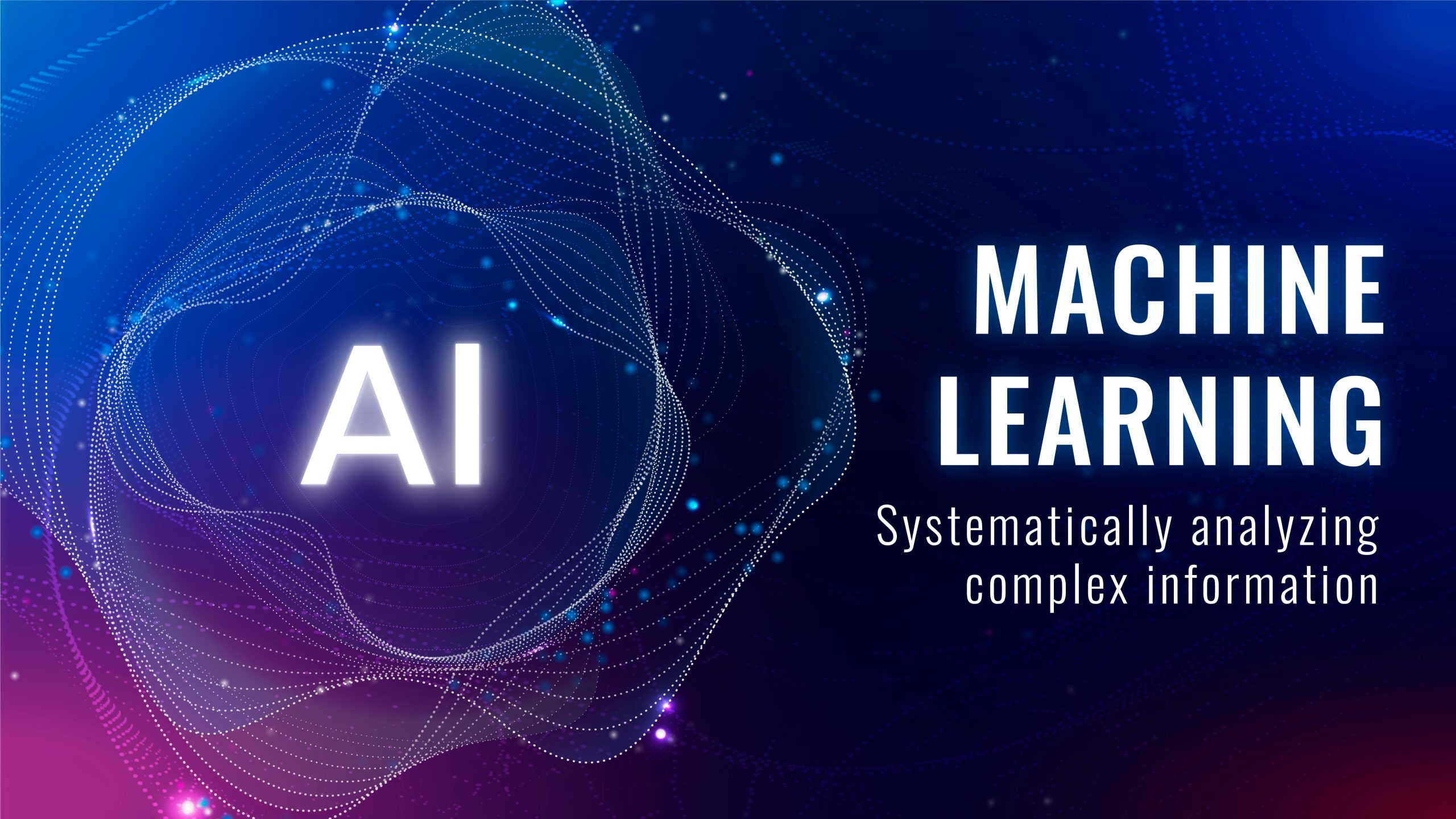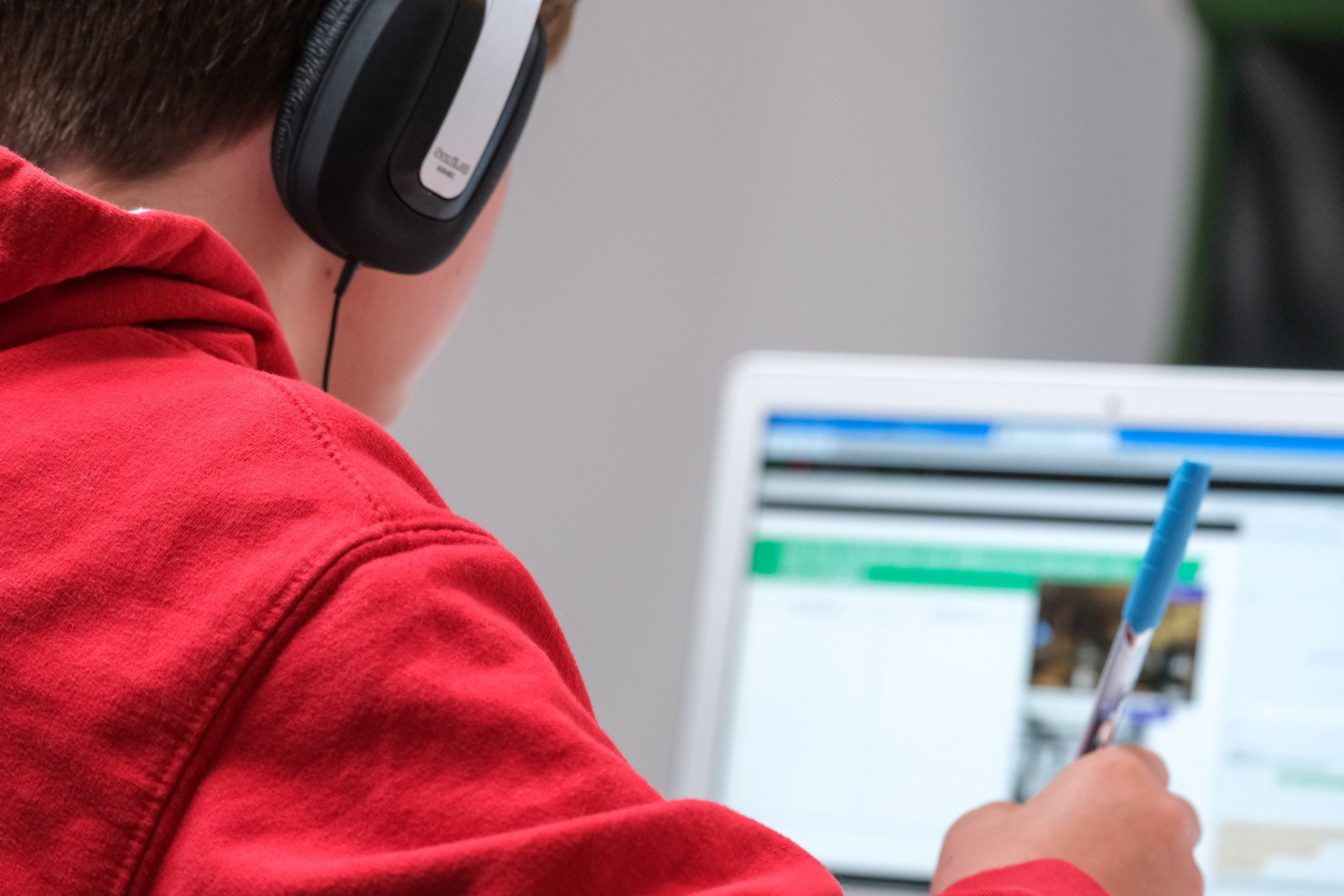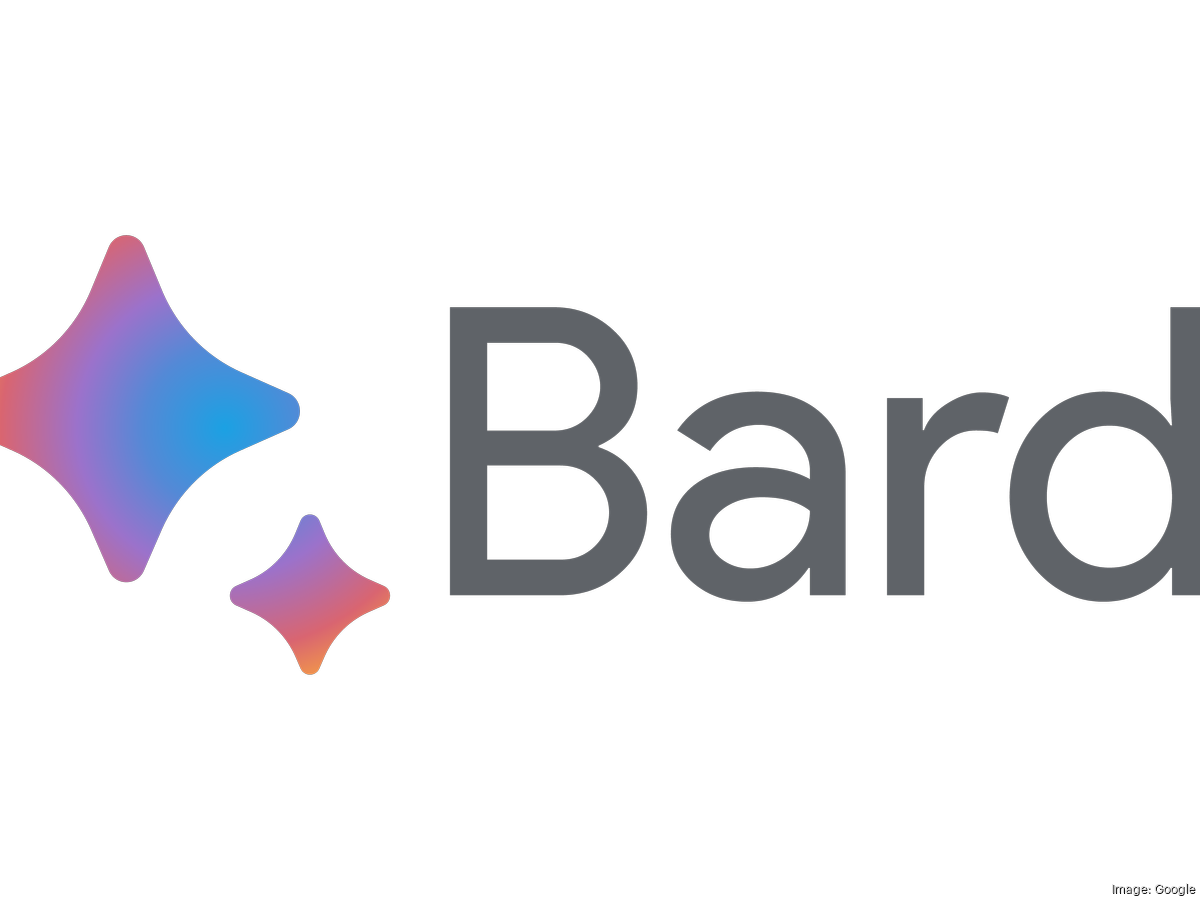The Importance of in : A High School Teacher’s Database Brings Tech Leaders Together
As the world becomes increasingly digital, it’s no surprise that technology is transforming education as we know it. One of the most exciting advancements in this space is artificial intelligence (AI) and its potential to revolutionize how students learn. But what does AI have to do with high school teachers? Enter in: a database bringing together tech leaders and educators to collaborate on implementing AI into classrooms. In today’s blog post, we’ll explore the different types of in, their benefits, and why they’re crucial for preparing high school students for a tech-driven future. So let’s dive in!
What is in?
in stands for “industry network” and refers to a collaboration platform that brings together educators, tech companies, and other stakeholders in the education industry. The main goal of in is to promote innovation and advance technology adoption across schools.
There are several types of in programs available today, each with its own focus areas and goals. Some in programs focus on supporting teachers’ professional development by providing training resources or connecting them with mentors. Others aim to develop new curriculum materials or educational technologies that leverage AI or machine learning.
In addition to these programs, there are also many online communities and forums where educators can connect with one another to share best practices, ask questions, and discuss emerging trends in edtech.
The primary value of an industry network like in lies in its ability to facilitate collaboration between different players within the education ecosystem. By working together towards common goals – whether it’s developing new tools or improving existing ones – we can create more equitable access to high-quality education for all students.
The different types of in
When we talk about “in,” we are referring to a broad category of technology that encompasses many different types and applications. One of the most common forms is Artificial Intelligence (AI), which involves teaching machines to learn, reason, and make decisions like humans.
Another type of “in” is machine learning, which allows computers to recognize patterns in data and improve their performance over time. This can be especially useful for educators who want to personalize their teaching methods based on each student’s unique strengths and weaknesses.
Natural Language Processing (NLP) is another type of “in” that enables computers to understand human language and communicate with people more effectively. In education, this could mean using chatbots or virtual assistants to answer students’ questions or provide additional support outside of class hours.
Computer vision allows machines to interpret visual information from cameras or other sensors. For example, teachers may use facial recognition software to monitor student attendance or track emotional responses during classroom discussions.
There are many different types of “in” available today with varying levels of complexity and applicability in education. By understanding these technologies better, educators can harness the power of AI collaboration tools more effectively for improved outcomes among high school students.
The benefits of in
The benefits of AI in education are numerous and can positively impact both students and teachers. One major benefit is customization: AI technology can adapt to the specific needs of each student, providing targeted support based on their learning style and pace.
In addition, AI can help alleviate the workload of educators by automating tasks such as grading and feedback, allowing them more time to focus on teaching and interacting with students.
Another advantage is accessibility: AI-powered tools can make educational resources available to a wider audience, regardless of geographical location or physical disabilities.
Moreover, collaboration becomes easier with the use of AI technology. For instance, high school teachers could create databases where they store information about different topics related to their subject area which other colleagues could access. This way tech leaders would be able to share knowledge about new technologies that they have come across during their research so that others may learn from it.
Incorporating AI into education has great potential for improving student outcomes while also making life easier for educators.
The importance of in for high school students
As high school students prepare to enter the workforce or continue their education, it’s important for them to understand the role of artificial intelligence (AI) in society. In fact, a recent report by McKinsey & Company suggests that AI will increasingly become an essential part of many industries and occupations.
By introducing students to AI through in-class activities and discussions, teachers can help prepare them for this changing landscape. With knowledge of AI concepts such as machine learning and natural language processing, students can gain valuable skills that will make them more competitive in future job markets.
Moreover, incorporating interactive tools like chatbots into classroom activities not only helps engage students but also allows them to experience firsthand how AI works. This type of hands-on learning is particularly effective because it encourages critical thinking and problem-solving skills.
Additionally, teaching about ethical considerations related to AI is crucial so that high schoolers are aware of issues such as bias and privacy concerns. By developing responsible attitudes towards technology early on, these students will be better equipped to address real-world problems associated with AI in their college years or professional careers.
Bringing “in” into the classroom helps equip high schoolers with important skills they’ll need later on while promoting engagement and advanced critical thinking abilities.
How to use in the classroom
When it comes to incorporating AI in the classroom, there are plenty of ways to get creative. One effective method is through gamification. By designing activities and games that utilize machine learning algorithms, students can learn about the technology while having fun at the same time.
Another way to use AI in the classroom is by creating virtual assistants. These digital helpers can be programmed with a variety of functions such as answering questions, setting reminders or even grading assignments! This frees up teachers’ time so they can focus on more important tasks such as lesson planning and providing individualized attention to struggling students.
AI-powered chatbots are another great tool for educators. These bots can communicate with students via text message or messaging apps like Slack, providing instant feedback and assistance when needed. They also have the ability to track progress over time and provide personalized recommendations based on each student’s abilities.
There are many exciting possibilities for using AI in education – from gamification and virtual assistants to chatbots and beyond. The key is not only finding innovative ways to incorporate these technologies but also ensuring that they enhance rather than replace traditional teaching methods.
In the real world
In the real world, AI and education have become increasingly intertwined. As technology continues to advance, it’s important for students to learn how to use these tools effectively in order to succeed in their future careers.
One area where AI has already made a big impact is in the realm of online learning. By using machine learning algorithms, educational platforms can personalize each student’s experience based on their unique needs and abilities. This not only helps students learn more efficiently but also allows teachers to better track their progress.
AI is also being used in industries like healthcare and finance to help analyze large amounts of data quickly and accurately. Students who are familiar with these technologies will be well-equipped for jobs that require them to work with data or make decisions based on complex information.
Collaboration is another key component of success in the real world. In many workplaces, projects are tackled by teams rather than individuals. By incorporating collaborative activities into the classroom, teachers can help prepare students for this type of environment.
Understanding the role of AI and collaboration in the real world is crucial for high school students who want to succeed in today’s job market.
Conclusion
AI has the potential to revolutionize education by enhancing teaching and learning experiences. The collaboration between high school teachers and tech leaders through in can help bring this technology into classrooms across the world. With its many benefits such as personalized learning, improved assessment methods, and enhanced student engagement, it’s no wonder that AI is becoming increasingly popular in education.
By embracing this technology today, we are preparing students for a future where they will need to be proficient in using AI tools. We owe it to our students to provide them with every opportunity possible to succeed in whatever career paths they choose. Let us continue collaborating on innovative solutions that empower our youth with the knowledge and skills necessary for success in tomorrow’s digital age.










